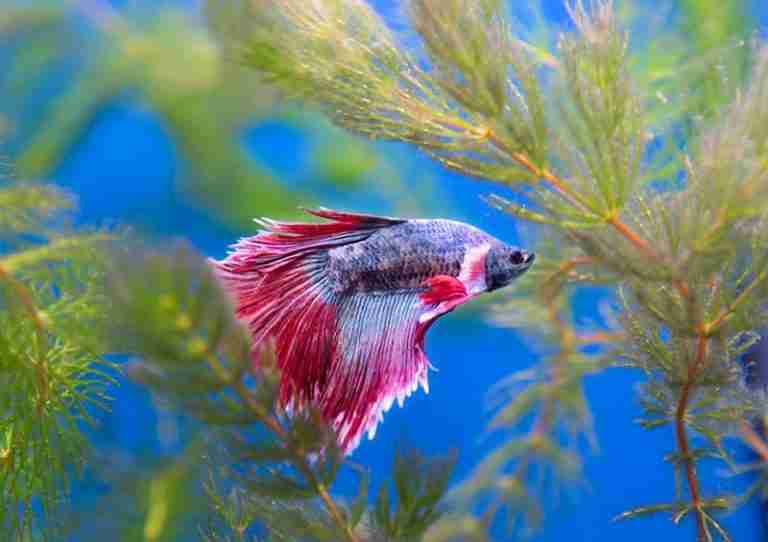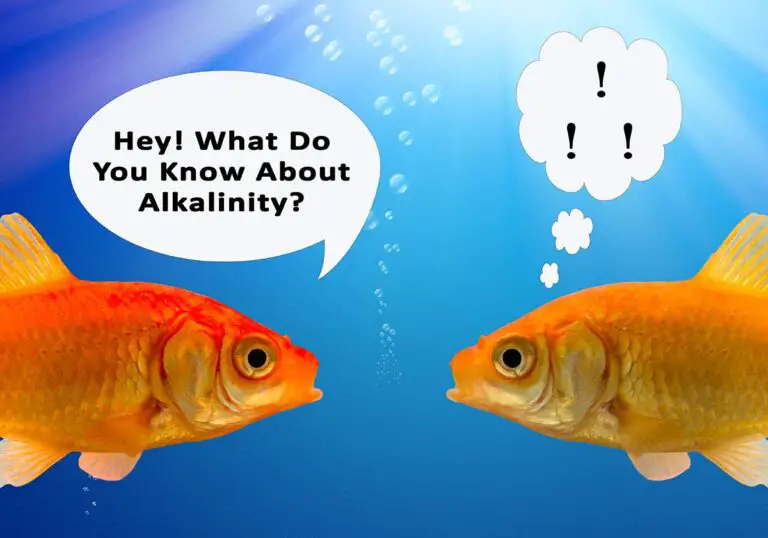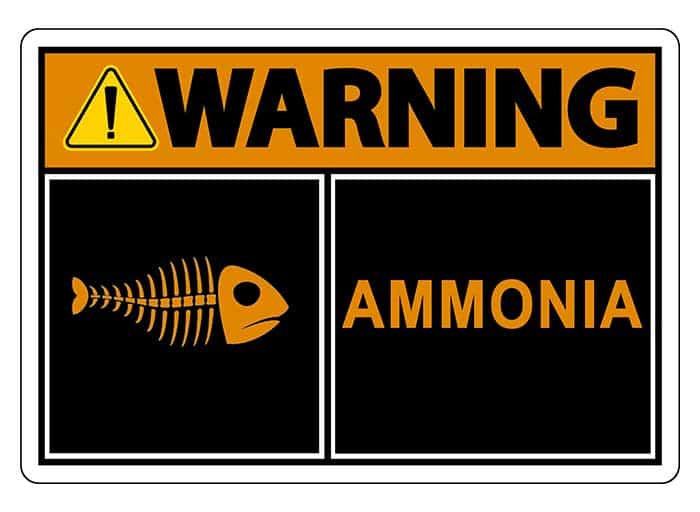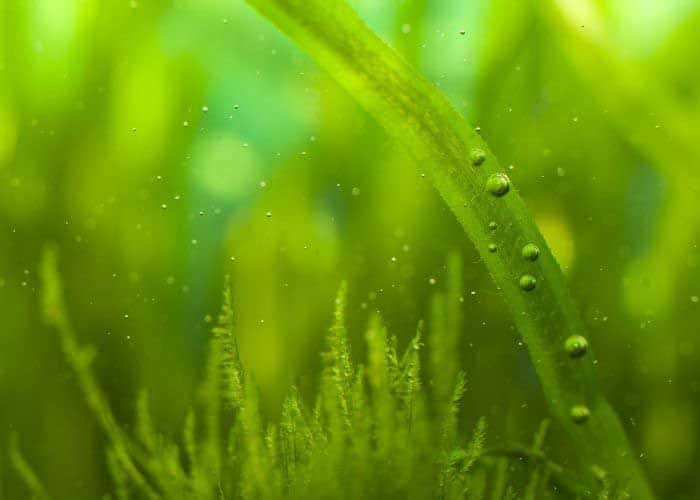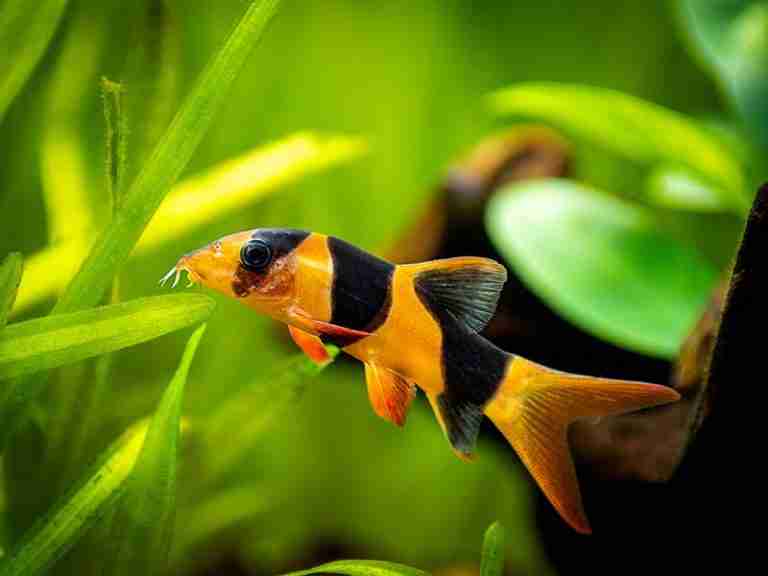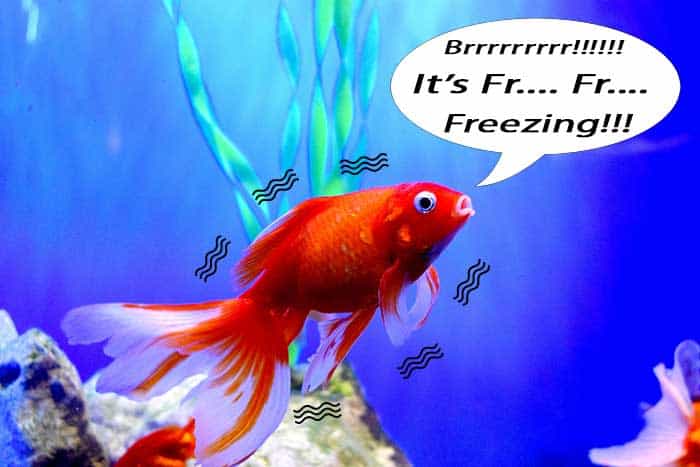Scuds In Aquarium (What are they, and should I remove them?)
If you have Scuds in your aquarium, there are a few things you will need to know about them before you decide if they are going to be a problem for you.
Freshwater amphipods, better known as Scuds or Gammarus shrimp, are harmless in small numbers and can be considered excellent live fish food. Scuds in aquariums breed quickly and attack other shrimp when molted from their hard protective shells, and they will also feed on baby shrimp.
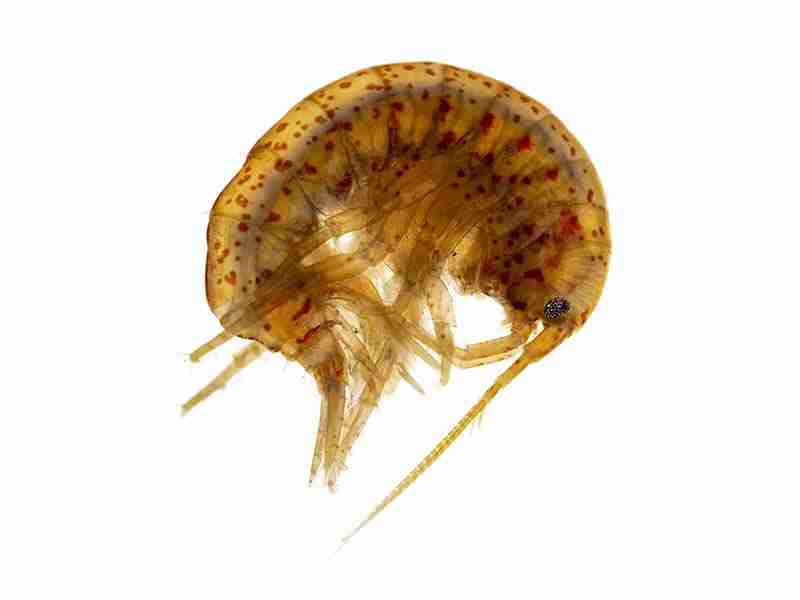
What Are Aquarium Scuds
Scuds are small shrimps, scientifically named “Amphipoda,” also known as side-swimmers or Gammarus shrimp. There are several species of Scud, but the one I will be focusing on is the Gammarus Genus from the Gammaridae family, of which there are over 200 species.
Scuds are generally considered freshwater amphipods, although many species can be found in brackish or saltwater environments.
Scuds are usually described as small bottom-dwelling crustaceans found in freshwater streams, rivers, ponds, lakes, and swamps; they are so versatile that you will find them almost anywhere.
Scuds that occupy sandy beaches are also known as sand fleas or sand hoppers and can be found in the thousands flocking around a light source at night.
The Scud Life Cycle
The size of a Scud can vary with newborns starting at around 1mm and fully grown adults ranging from 3mm-8mm in length. The growth cycle of a Gammarus Shrimp is quite complex as it will shed around once every 5 days whilst going through 9 different life cycles.
A scud will usually live for around a year and can live for up to 2 years, depending on its living conditions. Colder water is tolerable for Gammarus shrimp, which will slow their life cycle, extending their lifespan, although they will not survive in temperatures below freezing.
What Do Scuds Look Like
Scuds are usually transparent in appearance, although you may notice some green due to the visibility and function of their digestive tract. Scuds may also have a slightly brown appearance to help them blend into their environment and hide from predatory fish.
If you have Scuds in your fish tank, they will breed very quickly and become a problematic infestation if your tank is not specifically breeding them.
Benefits And Drawbacks Of Scuds In Aquarium
Depending on your aquarium setup, having Scuds suddenly show up may or may not be an issue for you.
Below is a table showing some of the benefits and drawbacks of having scuds in your aquarium.
| Impacted Area of Aquarium | Benefits of Scuds | Drawbacks from Scuds |
|---|---|---|
| General Fish Population | Most fish will enjoy eating Scuds as a source of live food. Fish enjoy hunting them as they would in their natural habitat. | None |
| Baby Fish & Shrimp | None | Scuds will attack and feed on baby fish and shrimp that have recently molted and lost their protective shell. Baby shrimp at most risk. |
| Aquarium Plants | Scuds will eat decaying matter, including plant matter. | If you enjoy planting moss in your tank, scuds will be unwanted as they enjoy feeding on moss. Scuds typically come in large numbers and will swarm all over your moss until little is left. |
| General Tank Waste | Scuds will eat decaying matter in a tank and help stop the build-up of ammonia. They will often find their way into your filter to feed off the sponges. | Scuds will eat decaying matter in a tank and help stop the buildup of ammonia. They will often find their way into your filter to feed off the sponges. |
| General Aquarium Aesthetic | Some aquarists like how they look and are a welcomed addition to the aquarium. | Some aquarists feel they are ugly and are not a welcomed addition to their aquarium. |
| Feeding | Scuds will eat any leftover food waste, which will help keep the tank clean. | Large Scud colonies can compete with smaller fish for food. |
Are Scuds Good For Aquariums?
As you can see in the table above, there are many benefits to aquarium scuds. Gammarus shrimp are a healthy snack for carnivorous fish and help prevent waste buildup in the tank, which in turn prevents ammonia levels from rising. Best of all, Scuds are easy to breed and, therefore, free fish food.
There is always a downside to having scuds in your aquarium, especially when they grow out of control and become destructive. To avoid this, you should only add live scuds to a well-populated tank full of fish that won’t be threatened by the scuds and which can keep on top of them so numbers stay down.
How Do Scuds Get In An Aquarium?
Freshwater scuds are usually introduced into an aquarium when adding new plants. Baby scuds can hide unseen within plants, especially moss, which they love to eat, and when added to your aquarium, they start to breed.
Usually, Scuds will bury themselves deep into the gravel at the base of your aquarium, where they will hide from other fish. Once their numbers grow, which is often quite rapid, you will start to notice them.
Like many scavengers, when there is food to eat, you will notice large numbers of Scuds crowding over it, and if you have moss planted in your tank, you will often find them here in larger numbers until there is very little moss left.
What Do Scuds Eat?
Whether you want them in your tank or not, knowing what Scuds eat is worthwhile.
Scuds are omnivores that eat pretty much anything they find. Gammarus eat decaying plant matter, algae, live plants, rotting fish food, micro-organisms, small live fish or fish fry, baby shrimp, and much more. As scavengers, the easier the meal, the better, and they will clear any waste left in your aquarium.
Because of a Scud’s broad appetite, they can be more of a pest in an aquarium setting. Many aquarists like to introduce moss into their tank, and as Scuds eat plants, it will be disheartening to find that moss is a favorite.
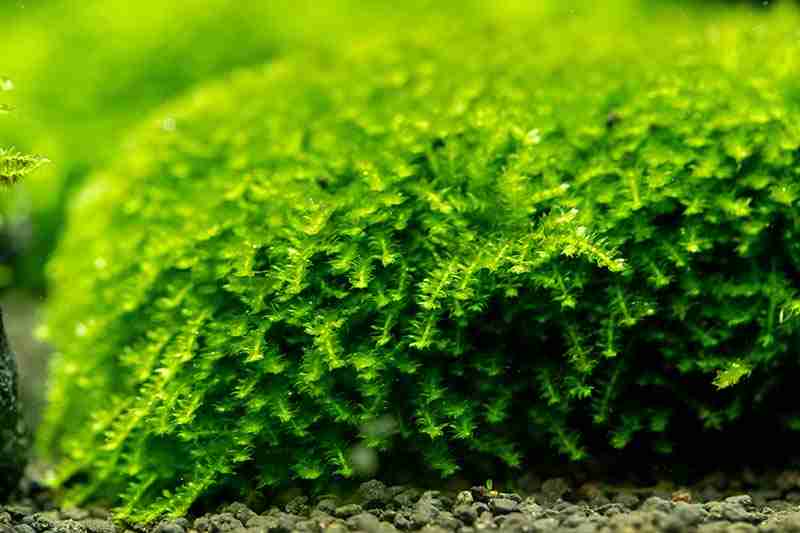
Many people enjoy smaller fish in their tanks or want to try their hand at breeding, but this is not a good idea with Scuds as they will happily attack smaller fish or fish fry, especially when the Scuds are larger in numbers.
Scuds In Shrimp Tank
Shrimps or tiny shrimp young are also a target for Scuds, so if you breed shrimps or enjoy keeping shrimps, having scuds in your shrimp tank can be a real problem.
When adult shrimps go through a shedding cycle, their soft flesh is exposed to the Scuds, and they will latch on for their next meal. Scuds are generally not ideal if you enjoy shrimp keeping and especially if you have baby shrimp.
Larger fish are good at keeping Scuds at bay as they are a tasty treat, although young fish and tiny shrimp will also be a target to larger fish, so this is not the best solution to stop Scuds.
Are Scuds Harmful?
Scuds are so small that you would be excused for thinking they are completely harmless.
As discussed above, the main threat from Scuds is what they eat. If food is scarce or their numbers are very high, they won’t think twice about attacking smaller fish in your tank or eating their way through your nicely planted tank.
It’s great when these freshwater amphipods eat algae, decaying plants, and other waste products, but a shame that a larger Scud population can be aggressive to smaller fish and are so good at killing plants.
Live Scuds For Food
Most aquarists who deal with live scuds will use them as aquarium fish food. Many people breed scuds for this very purpose, and they are generally considered harmless, although these freshwater amphipods are great at hiding out in a tank. If they can avoid being eaten by your fish, they will very quickly build up their numbers and can start to become harmful.
If you are uncomfortable introducing live scuds to your tank as food, consider using freeze-dried or frozen scuds, which make a healthy snack for your fish.
If you have been dealing with a scud infestation and have a spare tank, try and capture some scuds, transfer them to the spare tank, and breed them for use as free fish food. Starting your own scud aquarium is a fun and sometimes profitable endeavor which I cover at the end of this article.
How To Get Rid Of Scuds In An Aquarium
If your Scud problem concerns you, there are several ways you may rid your tank of these pests.
There are several methods to remove scuds from your aquarium, although none are bullet-proof. The ideas I will put forward are either tested by myself or are the tried and tested methods of the experts. (Disclaimer: All methods are for informational purposes and should be researched in detail before trying them. I will not be held responsible for any damage sustained to your tank or its contents when using these methods).
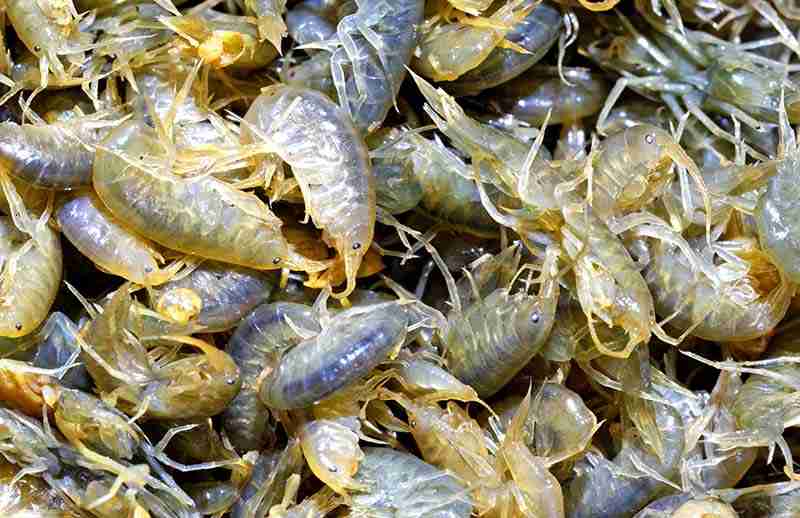
Planaria, Scud, and Shrimp Trap
If you want to know how to get rid of scuds, I’ll share the method that I personally use (and highly recommend), which is using a Planaria, Scud, and Shrimp trap which, once baited, is very effective at keeping your scuds from escaping. I sometimes use 2 or 3 of these traps spread around the tank, which helps keep scud populations down.
Once the scuds are inside the trap, they find it very difficult to get out, so you can remove them in large numbers.
I have recommended these traps to many fish keepers, and they can’t believe how effective they are at catching scuds and other pests.
Alternatively, you can attempt to catch scuds with a net, but it probably won’t be very successful as these freshwater amphipods are fast, generally quite shy, and are great at hiding. They will often bury themselves deep in the substrate at the base of your tank.
Some people have more success with a turkey baster. The benefit of using a turkey baster over a net is that you can suck the Scuds up.
Another method I have heard about and have tried for myself is to leave some bait at the bottom of the tank, and as the Scuds attach to it, remove the bait with them still attached.
An example is boiling a carrot or other food that attracts them. When soft enough, you can poke a skewer or similar through and then leave it at the bottom of your tank. Wait for several hours, then check the carrot or bait you have used.
A large portion of the Scuds in your tank should be feeding on the bait at this point, and you can usually remove the bait quite easily whilst the Scuds are attached, provided you use slow movements and don’t bump anything. Once removed, you can rinse the bait and put it back in your tank.
You can repeat the above process until you find only a few pesky blighters feeding, and you will dramatically reduce the number of Scuds in your tank.
Using the baiting process, you will find much more success if you keep the light off in your tank. Although Scuds are quite timid, provided they are not spooked, they will hang on to the bait while you remove it from the tank.
Baiting Scuds will not completely remove them from your tank, but it will heavily reduce their numbers until they begin to breed again.
Cleaning Your Tank, Plants, And Gravel
Cleaning your tank will help reduce the number of Scuds in your tank, although it will be tough to eradicate them completely.
To clean your tank effectively, you will need to thoroughly vacuum the gravel or substrate covering the base of your tank, as these freshwater amphipods will bury themselves and be difficult to find. Even when you feel you have given your gravel a thorough going over, you may be disappointed that you have missed some.
Scuds will hide in plants and moss, so remove them from your tank and rinse them as much as possible. Consider using an aquarium plant bleach dip and then rinse thoroughly, but you will need to take care with delicate plants that may not take kindly to bleach.
Check your filter, clean the sponges in hot water, and consider a bleach dip, as Scuds may feed off the waste your filter has trapped. Make sure to thoroughly rinse off any bleach before returning to the tank.
Check all areas where you feel these pests may be hiding, and remember to think about where baby Scuds may hide. The Gammarus shrimp does not lay eggs, so you don’t need to worry about hunting them down, but baby Scuds are very difficult to see at only 1 millimeter in length.
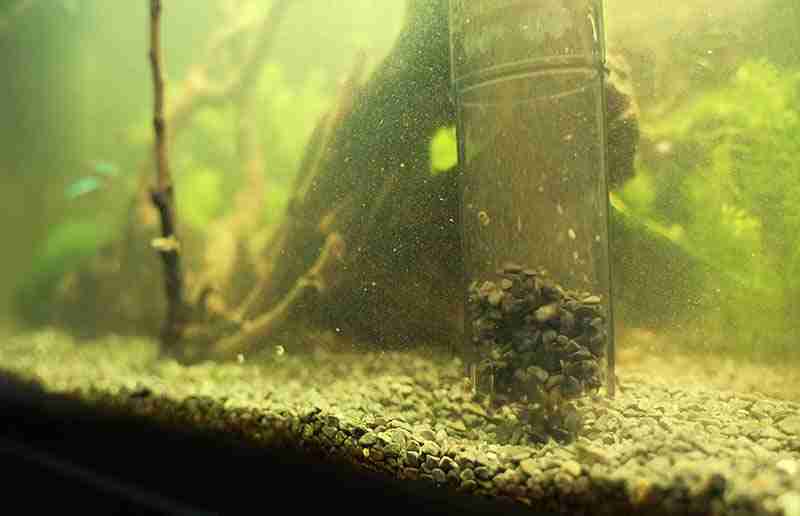
Increase CO2 Levels In Your Tank
Increasing CO2 levels in an aquarium is a method that has worked for many to kill Scuds. As these little shrimps need oxygen to breathe like everything else in your tank, it will suffocate them if you crank up the CO2 levels.
You will need a spare tank to perform this simple little trick as it will not only kill Scuds but will kill fish as well. When moving your fish to the spare aquarium, ensure it has been cycled and the water levels are within suitable parameters.
Your fish only need to stay in the temporary tank for an hour, so transferring some water from the main tank will be easier.
When transferring water and fish from the main fish tank, take care not to transfer any Scuds along the way, or they will evade the next treatment step.
The easiest way to dramatically raise CO2 levels in your tank enough to suffocate the Scuds is to pour around 1/2 to 1 liter of carbonated water into the tank. Make sure to use seltzer water with no additives. Soda water or tonic water will not do as it will contaminate the water.
During the daytime, plants feed off CO2 and only feed off oxygen at night, so provided the light is sufficient, your live plants should be fine during this process.
Once you have added the carbonated water, CO2 levels will skyrocket almost instantly and completely starve the tank of dissolved oxygen. Over a period of around 45 minutes to an hour, all Scuds within your aquarium should suffocate.
Before returning your fish to the main tank, it would be wise to check the oxygen levels, which should have returned to normal. Create some bubbles at the surface or use other methods to encourage oxygen to enter the water. Return your fish when suitable, and consider adding fresh water to replace the water sued in the temporary tank.
The baiting method described earlier has worked for me several times, and I continue to use it. On each occasion I have raised CO2 levels, I have completely eradicated my tank of Scuds with no reappearance over very long periods.
Using Extreme Cold
Some aquarists struggling with Scud infestations have suggested removing all substrate, filters, plants, etc., from the tank, bringing them down to very low temperatures, and potentially freezing them. Personally, I don’t see how this can be effective as you will have to deconstruct your aquarium setup completely, and your plants probably wouldn’t survive freezing.
I would expect your Scuds to die by using this process, but with the simpler methods I have already listed, this method seems like very hard work, which may cause more harm than good.
Add larger fish To Feed On Your Scuds
The final method I will suggest is fairly self-explanatory. As I mentioned at the beginning of this article, Scuds make good live fish food, and if you add the right aquarium fish and in the right numbers, they will easily keep on top of these potential pests.
As a farmer relies on his cattle and horses to keep his grass down, you can rely on your fish to keep the Scuds down to a manageable level, but this is only a solution if you do not keep small fish or shrimps in your tank or if you enjoy breeding as the larger fish will inevitably feast on these as well as the Scuds.
How To Set Up A Scud Aquarium
Although scuds can be pests in large numbers, they are also a great cheap food source that is easy to breed and look after.
Setting up a scud aquarium isn’t difficult. A small fish tank with some gravel or sand is all that you need. Scuds can live in a wide range of temperatures and water conditions. You need to add a few scuds and some protein-rich food waste and wait for their numbers to grow rapidly.
Even though aquarium scuds can live in poor water conditions, and you may be breeding scuds to use as fish food, you should still change the water in your scuds aquarium every week or two unless you have a spare filter to use.
Starting a scud tank not only saves you money on fish food, but it can also be profitable if you supply local aquariums or build up a supply of private customers.
Wrap Up
If you have freshwater scuds in your aquarium, I hope now that you have read this article, you better understand what they are.
Throughout this article, I have explained the benefits and drawbacks of having scuds in your aquarium. Scuds are an excellent source of live food for your fish, but they can quickly take over a fish tank.
I have also explained how to remove Scuds from your aquarium if they take over the tank. My favorite method is to use a scud trap which helps remove large numbers in one go and keeps the scuds away from your fish and plants.
Because scuds are very easy to breed, many people will create their own scud tank as a free food source. some scud breeders will also sell them online or to local pet stores.
Hopefully, this article can help you make the best decisions that suit your needs.



